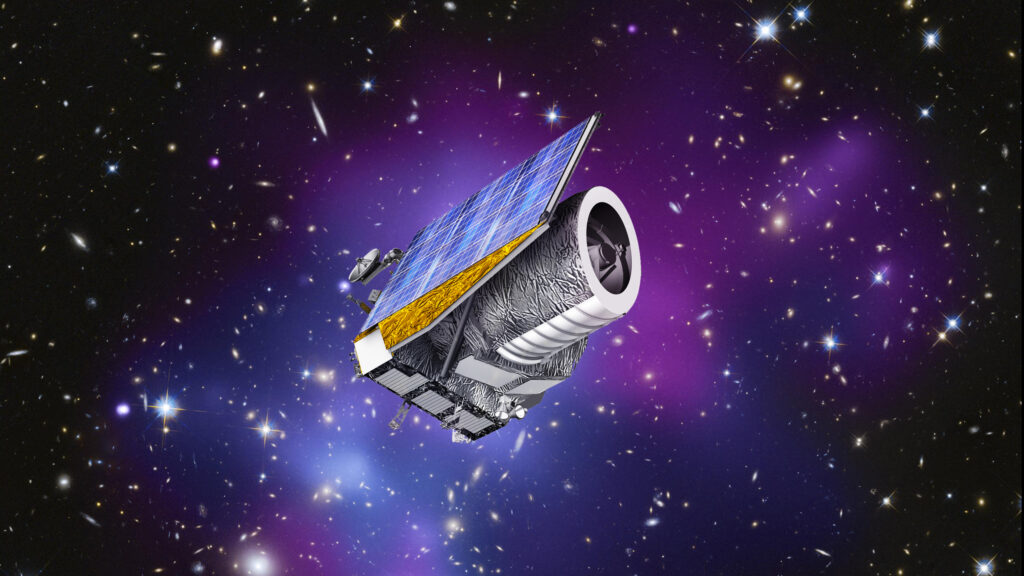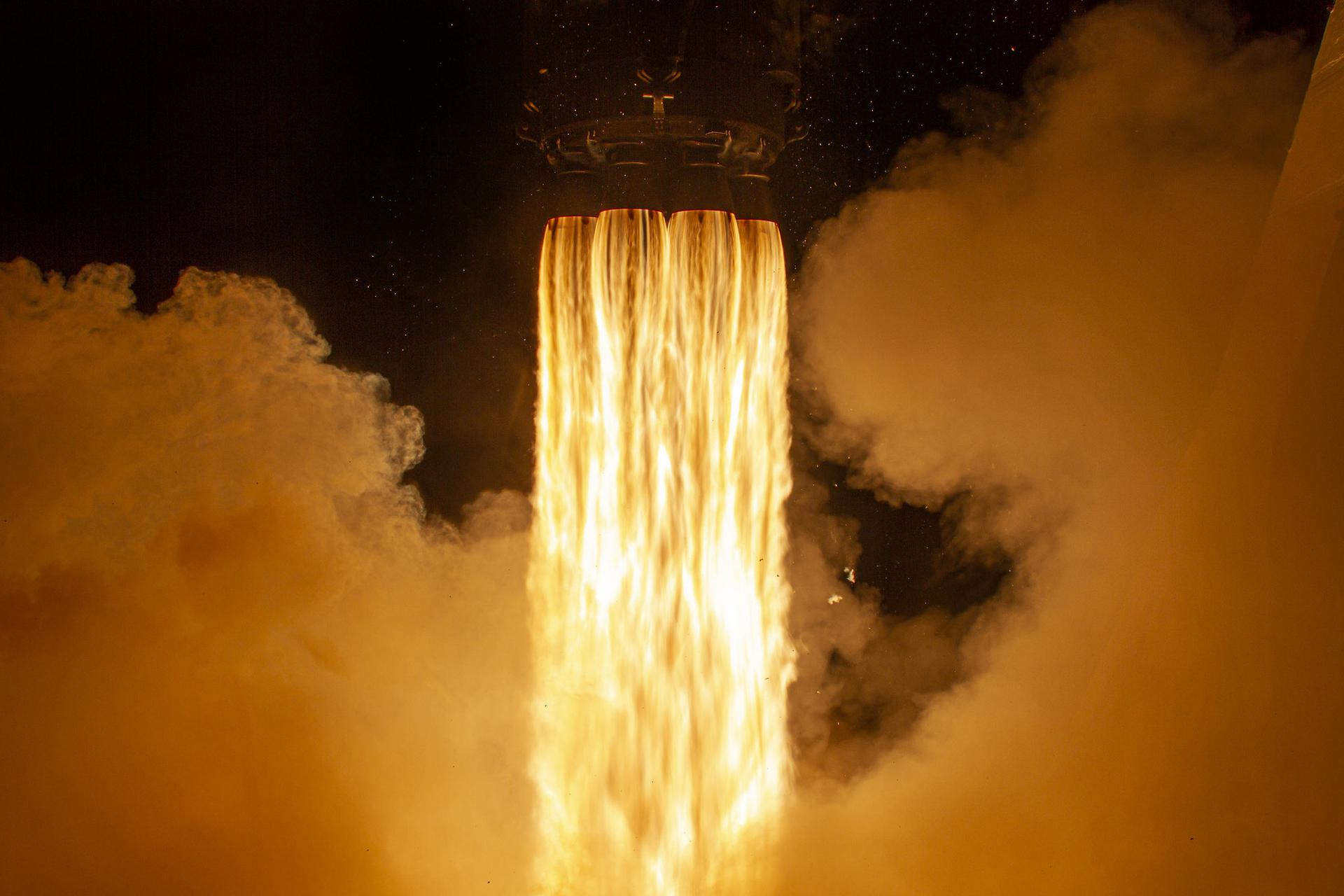The Falcon 9 rocket is the main candidate for the Euclid telescope launch mission. This was stated by Mark Clampin, who holds the position of head of the NASA astrophysics department.
Tasks and mechanism of the Euclid telescope
The Euclid telescope was built by the European Space Agency (ESA) with support from NASA. The device is designed to study the history of the expansion of the Universe, the formation of its large-scale structures, the distribution of mysterious dark matter and dark energy. For this purpose, the telescope will carry out high-precision measurements of the redshifts of distant galaxies (within a radius of up to 10 billion light-years from the Milky Way). The updated data on the relationship between redshift and distance will help astronomers better understand how the universe acquired its current form.

To complete the tasks, Euclid received a 1.2–meter mirror. The scientific filling of the device is represented by two instruments: a visible radiation visualizer (VIS), as well as a spectrometer and a near-infrared photometer (NISP). The total weight of Euclid is 2160 kg. Its working position will be located at a distance of 1.5 million km from our planet in the vicinity of the Lagrange point L₂, the Sun–Earth system.
Falcon 9 instead of Soyuz
Initially, Euclid was planned to be launched by a Soyuz rocket from the Kourou cosmodrome in French Guiana. But after the start of Russia’s large-scale invasion of Ukraine, ESA severed all ties with the aggressor country. This raised the question of a new carrier for the mission.
The fact is that ESA cannot use the proven Ariane 5 rocket to launch Euclid, since its production has already been discontinued, and all remaining copies have long been painted for other missions. As for the new Ariane 6 carrier, its debut will take place only next year. And after that, the rocket will have to make several more flights to prove its reliability.

All this forces the ESA to look for alternatives. The most obvious of them is the use of the Falcon 9, as the most reliable and cheap carrier of the required payload, which is available on the launch market. Currently, ESA specialists are studying the possibility of launching Euclid on a SpaceX rocket. If approved, the telescope will go into space in the second half of 2023.
As for the other missions that are originally planned to be launched on the “Soyuz”, the ESA is trying to redistribute them to European carriers. So, the EarthCARE and Sentinel-1C satellites will be launched into orbit by the Vega-C light rocket. And for future launches of new devices of the Galileo navigation system, Ariane 6 will already be involved.
According to https://spacenews.com
Follow us on Twitter to get the most interesting space news in time
https://twitter.com/ust_magazine
